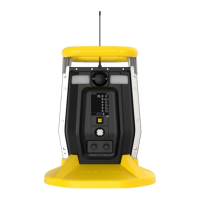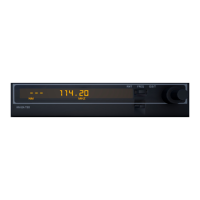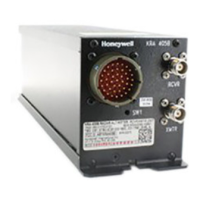Security Key
Depending on the type of security you choose, your key will have to be a different number of
characters.
IMPORTANT!
Configure strong authentication and encryption in your network. WPA2 Personal (also known as
WPA2-PSK) with AES encryption is highly recommended.
Here are characteristics of the different types, their relative security strength, and the number
of characters needed in the key:
Security type Security rank Number of characters
WEP (Wired Equivalent Protocol) Basic
40/64-bit (10 characters)
128-bit (26 characters)
WPA Personal Wi-Fi Protected Access Personal Strong 8 to 63 characters
WPA2 Personal
Wi-Fi Protected Access 2 Personal
Strongest 8 to 63 characters
WPA2/WPA Mixed Mode
WPA2: Strongest
WPA: Strong
8 to 63 characters
Strong Password Tips
• Use a unique password. Do not reuse passwords used in other systems or for other purposes.
Avoid using examples found on the Internet, in literature etc.
• Use a long sequence of random characters (at least eight characters).
• Use a mix of different types of characters, such as uppercase and lowercase letters, numbers,
punctuation marks, etc.
• To make the password easier to remember, begin with a sentence, verse, book title, line from a
song etc. Omit or change certain letters. For example, use only the first few letters from each word,
replace some letters with numbers or punctuation marks (for example replace all letters “a” with dots
“.”), etc.
• Avoid using easily guessable phrases, like names, words found in dictionaries, years, birthdays,
phone numbers, etc.
• Avoid using the most popular passwords, such as “123456”, “qwerty”, “password” etc. Also avoid
using them even in modified formats, such as “QWErty” or “Pa55vv0rD”.
• Protect the password while archived. Use trusted and properly configured password vaults for this
purpose.
SSID
The SSID (Service Set Identifier) is a case-sensitive unique identifier attached to the header of
packets sent over a wireless local-area network. Each wireless network in your range will have
its own SSID. Consult with your IT department for the SSID.
BW RigRat 45 User Manual

